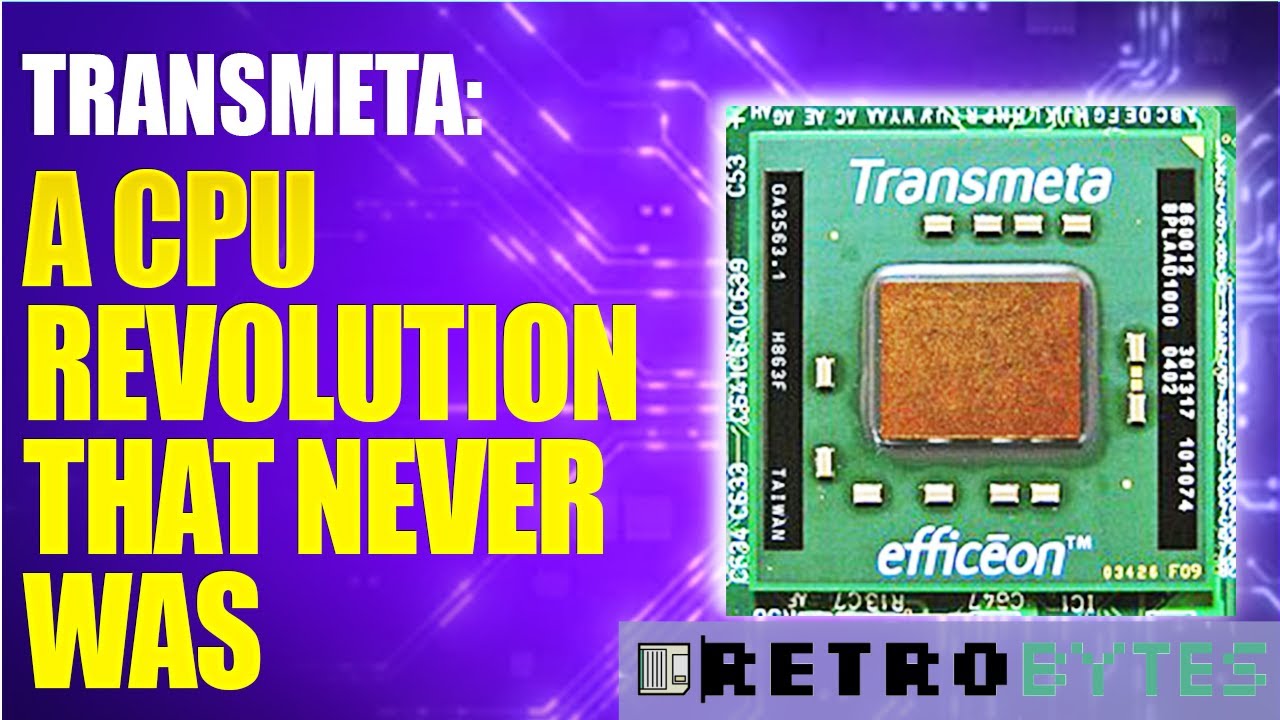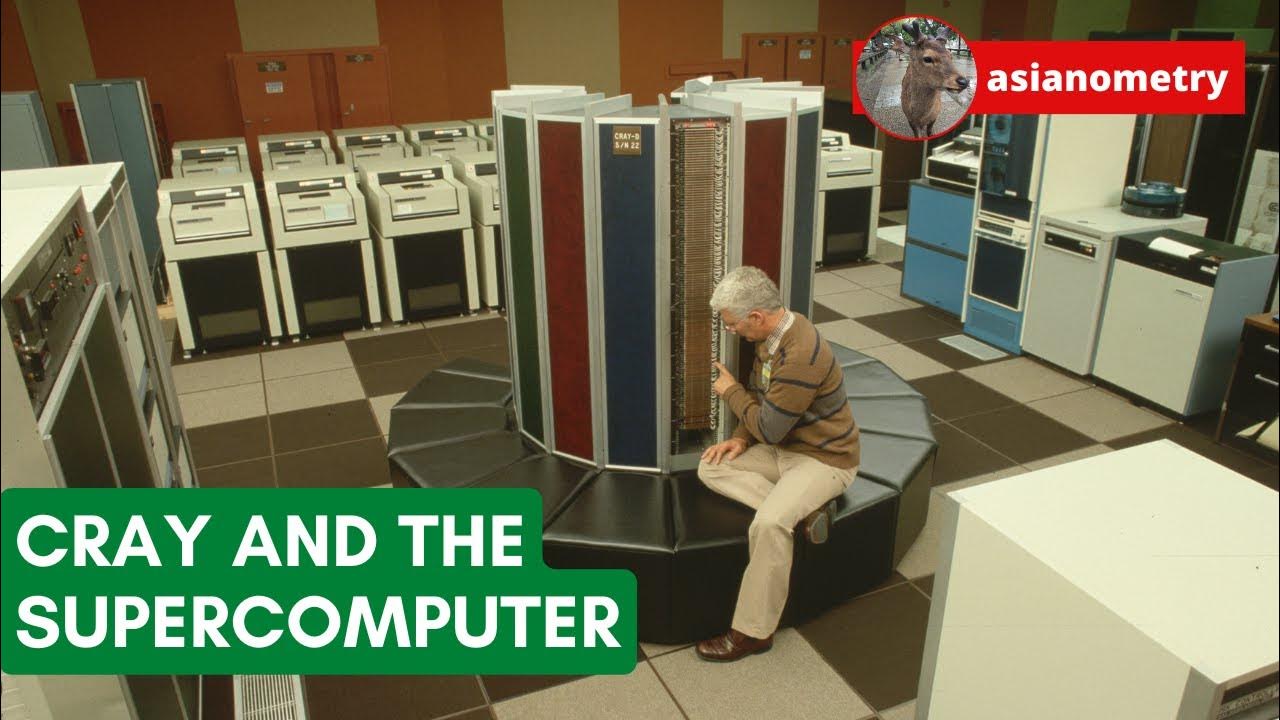The code section in particular is gold and exactly the type of online content we need. A big reason why chuds like Tate are successful is because they provide a code (“compass, outlets, who you’re with, how it feels”), which before the internet was something everyone built for themselves, actively picking and choosing, while nowadays the algorithms do the picking+choosing for us. Or, well, before the algorithmic internet boomers largely got that stuff from old institutions (be that church or the party), Gen X from rebellion, then come us sweet-spot millennials seeing the boomer/X conflict and having access to previously unheard of amounts of information to actively choose from, and then Gen Y and younger getting fed by the outrage machine.
So what we need is algorithm-compatible content that challenges the whippersnappers to build their own code, in an active manner. Give guidelines, give examples, but don’t decide for them (that makes you no better than the algorithm or for that matter Gen X and boomers) and definitely don’t make it a list of don’ts: They’re in the process of adapting instincts to currentyear, good living requires finding a configuration that denies none, our task is to help them not being maladaptive, steering away from both neurosis (denial of instinct) as well as asocial BS (exploiting in/outgroup instincts for power plays, oxytocin can be vile). To do that you need to point out the various fundamental drives, validate all of them, make that shit resonate as deeply as possible so they spot the drives themselves instead of some social construct painting over it, enable them to draw a map of their needs, then give examples, plural, of how it can all be integrated in a coherent fashion.












You said, verbatim:
and then went on to justify it with
implying that more men would mean worse results “because women are so much better at it”: If the ideal is 70:30 then everything else is worse, no? And you were also being very essentialist, saying that “women provide one thing, men another”.
The trouble with childcare in Germany wasn’t absence of men as such – it was absence of male insight into childcare. Doing things in way that make a lot of sense but women aren’t as prone to do instinctively, but are very capable of doing. As long as there’s a baseline level of diversity such that both approaches are present, things are just fine. There’s no ideal ratio, there’s a wide span of equally good ratios that ensure that everything is covered.
And btw you don’t teach emotional resilience by being authoritarian. You teach it by being there, hold watch, while the kid figures out how to control their emotions, maybe some gently encouraging words. Shouting at them might shock them into silence but it’s not going to teach them anything about actual emotional regulation. The very presence of the word “authority”, on top of that “strict authority”, in what you say betrays your ignorance about childcare. If you have kids I feel sorry for them.